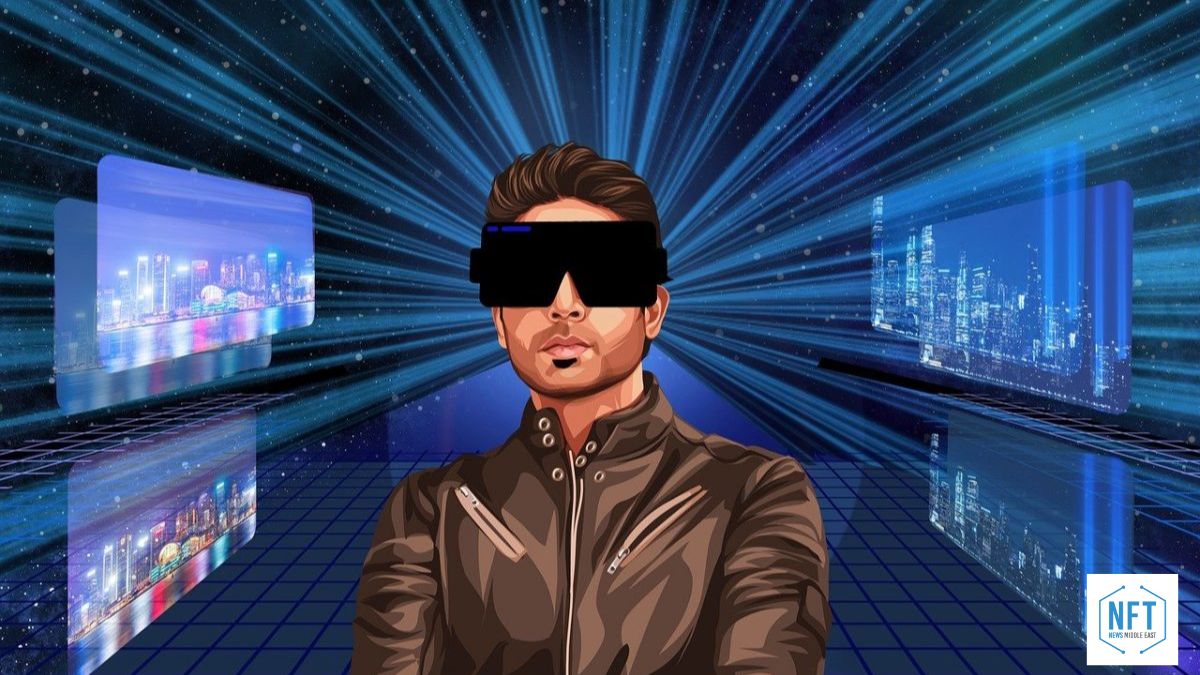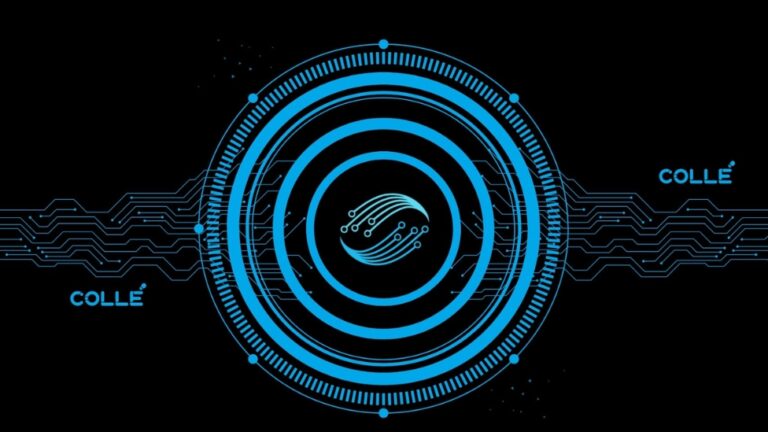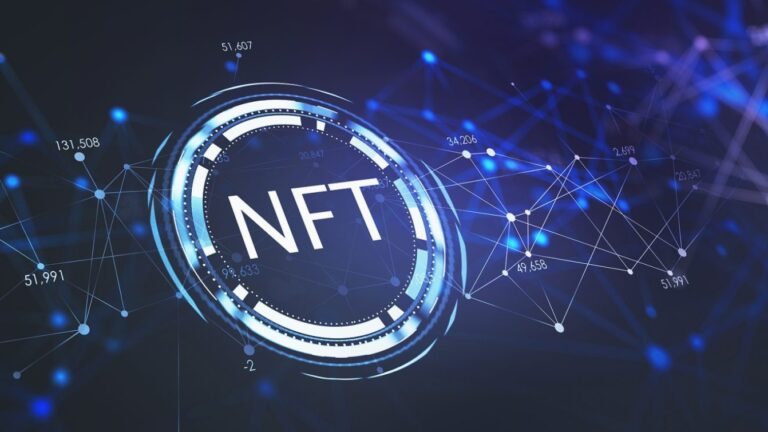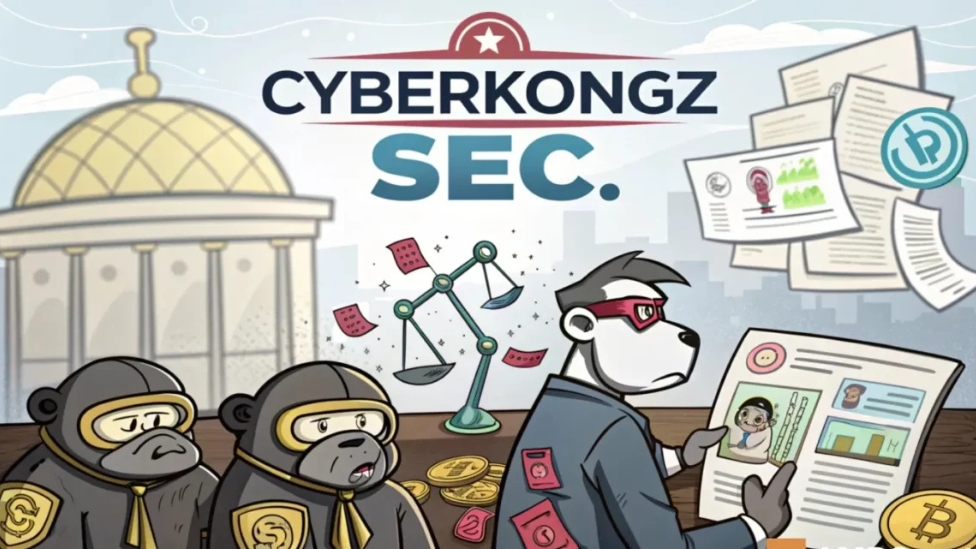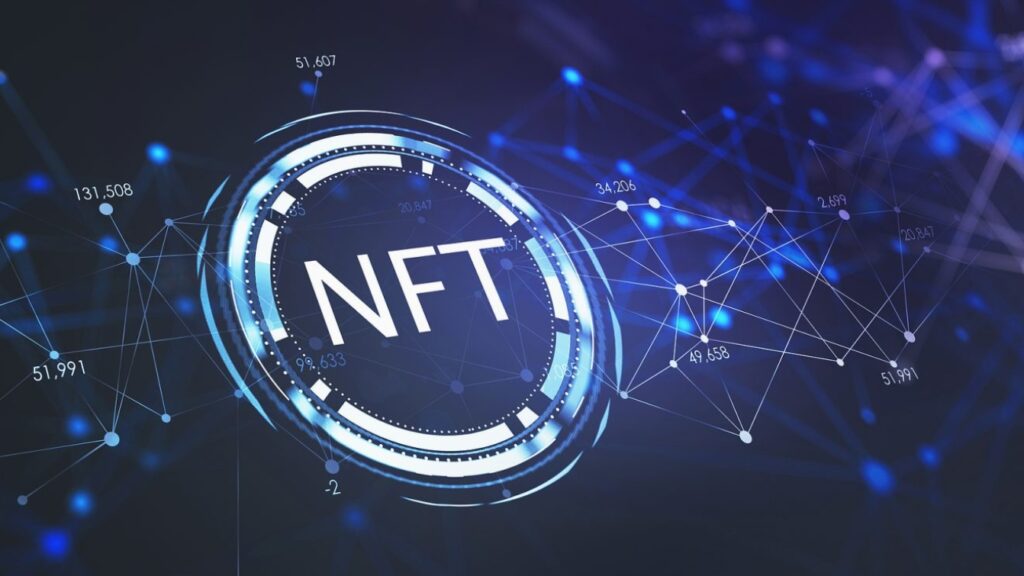Non-fungible Tokens are considered the in-thing web 3.0 after their unprecedented popularity in 2021. NFTs traditionally come with unique identities. These identities are what distinguish the tokens and ensure the utmost security. Recently, efforts have been made to create other non-fungible tokens that can verify consumer and business identities to prevent hacking and Denial-of-service attacks. This article examines these two forms of virtual identity connected with NFTs and why they are essential.
What are NFT Virtual Identities
Also known as a certificate of authenticity, NFT virtual identities are specific and unique values attached to different tokens hosted on the Ethereum blockchain. The blockchain uses an ERC-721 standard for NFTs to assign a unit 256 variable known as a token Id to ensure that no different NFTs have the same value or identity. This ERC72 defines the proprietor of a token, the current market worth of the token, indicates transfer tokens from one account to another, and knows the total token available for sale, exchange, and transfer of tokens on the network. Virtual identities are essential in the metaverse as the NFT’s unique identity helps resolve the dilemma of authenticity and ownership.
On the other side of the coin are NFT tokens used explicitly in the innovation of identity verification systems. This system is known as the Unique Identity system, and it allows the verification of the authenticity using Know-Your-Customer (KYC) and Know-Your-Business (KYB) systems to ensure that a person’s identity is as they claim and a business entity and its representatives are not false and fraudulent. This system is in tandem with ERC-1155 standards.
Why are NFT Virtual Identities Important
At the fore of the essential traits of NFT, identity is the security that it offers. The virtual identities offered by NFTs allow the transfer and exchange of tokens among peers while remaining secure to ensure non-duplication and distinguishing one token from the other. Users can verify every transaction publicly using NFT.
Its use can also be felt when it comes down to identity verification over the internet. The virtual authenticity of a KYC and KYB through virtual identities enable the rooting out of malicious actors, Sybil hacking, and Denial-of-Services (DoS). It also increases the number of users of the web 3.
Technology as companies and financial institutions may as well leverage unique identities to aid the decentralized finance system. In all, virtual identities greatly aid the trade in virtual assets, especially since the ERC 1155 standard has significantly reduced transaction and storage costs for NFTs.
Conclusion
The trading of NFTs has now resulted in a multi-billion-dollar industry where one has everything to lose. In many instances, specific security measures may be necessary for access to a particular virtual platform. Either way, the unique identifier is attached to each token and is a brilliant way to distinguish between two similar tokens while protecting them from malicious actors and associated risks.

